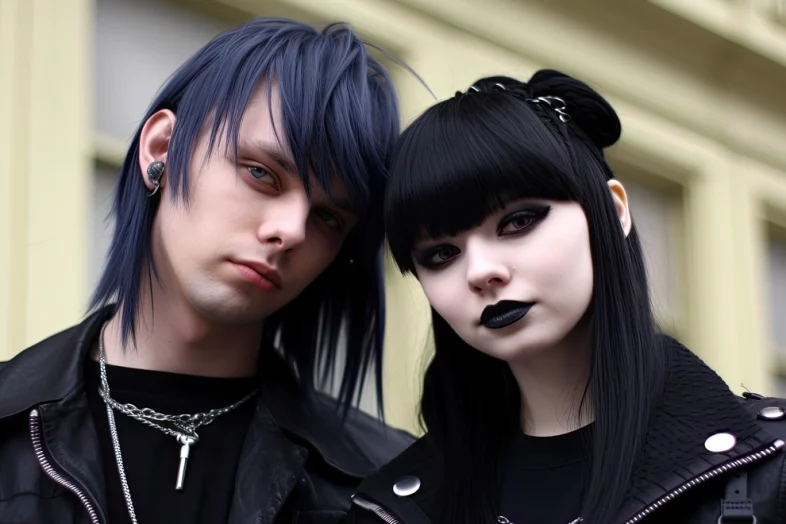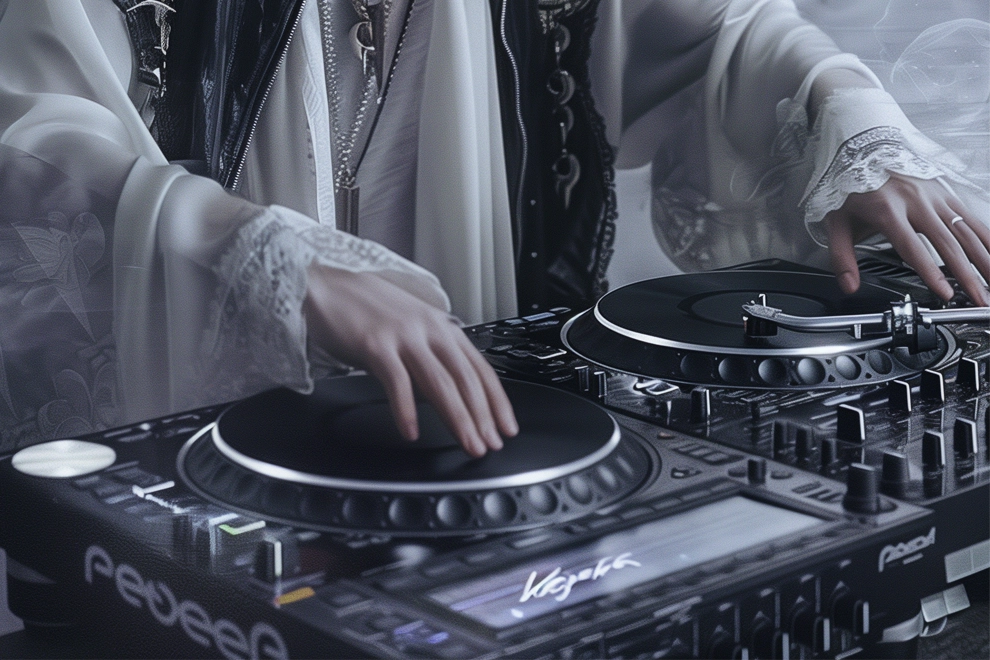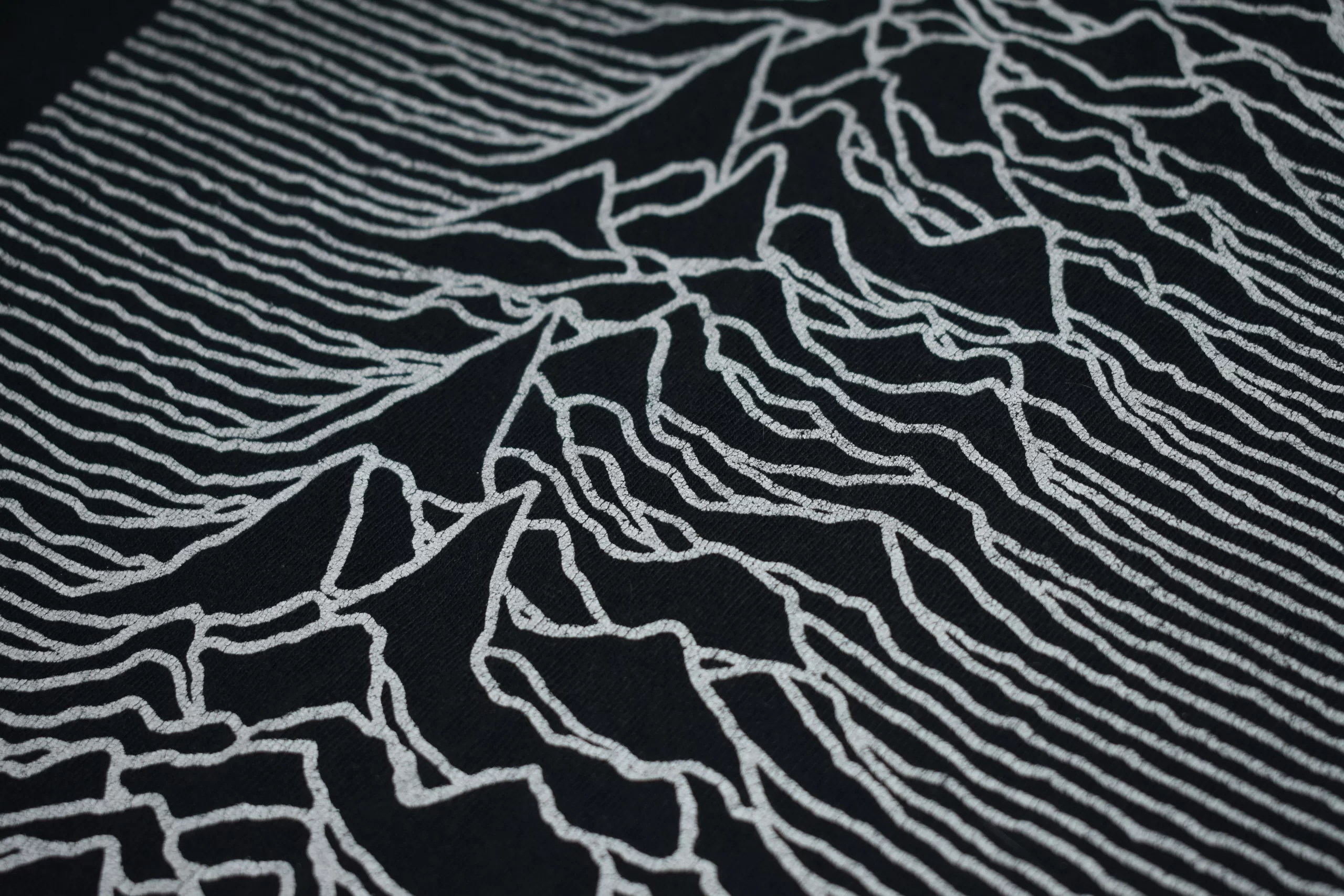
What’s the difference between emo and gothic?
Exploring the Abyss: Emo vs. Gothic Subcultures
In the swirling mists of alternative subcultures, where dark sentiments intertwine with melancholic melodies, two prominent movements have captured the hearts of the disenchanted: Emo and Gothic. These subcultures, often misunderstood and erroneously lumped together, stand as distinct expressions of individuality amidst the conformity of mainstream culture. Let us embark on a journey through the shadowed corridors of these movements to discern their essence and unravel the delicate threads that set them apart.
Emo: A Symphony of Emotional Turbulence
Originating from the punk and indie rock scenes of the 1980s and 1990s, Emo (short for emotional) emerged as a deeply personal and introspective genre. Rooted in raw emotional expression, Emo found its voice through confessional lyrics and introspective themes. At its core, Emo music serves as a poignant narrative of personal struggles, heartaches, and existential crises.
The fashion of Emo adherents often mirrors their emotional depth. Emo style embraces a blend of dark attire juxtaposed with vibrant accents—think skinny jeans, band t-shirts adorned with heart-wrenching lyrics, and meticulously disheveled hair. The aesthetic is a canvas upon which emotions are splashed in hues of black, interspersed with poignant bursts of color.
Emo subculture, beyond its fashion and music, encompasses a profound sense of community. Emo individuals find solace in shared experiences of emotional intensity and existential questioning. Central to Emo identity is the notion of authenticity and a rejection of societal norms that stifle emotional expression. It stands as a testament to the power of vulnerability in a world that often seeks to conceal it.
Gothic: Elegance in Darkness
In stark contrast to the raw emotionalism of Emo lies the Gothic subculture—a hauntingly beautiful tapestry woven from the threads of dark romanticism, Victorian aesthetics, and a fascination with the macabre. Emerging from the post-punk and new wave movements of the late 1970s and early 1980s, Gothic culture embodies a refined sense of melancholy and a reverence for the mysterious and arcane.
Gothic fashion is perhaps its most recognizable facet—a sartorial symphony of lace, velvet, corsets, and elaborate jewelry, often tinged with Victorian or medieval influences. The color palette is a chiaroscuro of blacks, deep purples, blood reds, and occasionally, ethereal whites. Each garment and accessory is meticulously chosen to evoke an atmosphere of dark elegance and romantic allure.
Beyond fashion, Gothic culture embraces a fascination with literature, art, and architecture that explores themes of decay, mortality, and the supernatural. Gothic literature, with its tales of doomed romances, sinister castles, and restless spirits, serves as both inspiration and reflection of the Gothic ethos—a celebration of beauty found in the shadows and the melancholic allure of the unknown.
Emo vs. Gothic: Bridging the Chasm
While Emo and Gothic subcultures diverge in their musical roots, fashion sensibilities, and thematic preoccupations, they are bound by a shared rejection of societal norms and a quest for authenticity. Both movements provide a refuge for those who find solace in the exploration of deeper emotions and a sanctuary for the misunderstood and the disenfranchised.
Where Emo thrives on introspection and the raw intensity of personal emotions, Gothic culture revels in the romanticism of darkness and the allure of the unknown. Emo is the outpouring of a wounded heart, while Gothic is the elegy sung to the beauty found in melancholy and decay. While their paths may diverge, they converge in their rejection of the mundane and their celebration of the unconventional.
Embracing Shadows
In the twilight realm of alternative subcultures, Emo and Gothic stand as luminous beacons of individuality and introspection. They defy categorization and challenge societal norms, offering refuge to those who seek to explore the depths of human emotion and the beauty found in darkness. Embrace the intricacies of these subcultures, for within their shadowed embrace lies a testament to the power of authenticity and the enduring allure of the unconventional.
The difference between Emo and Gothic lies not merely in their music, fashion, or thematic concerns, but in the emotional landscapes they traverse and the narratives they weave. Emo is the heartbeat of raw emotion, while Gothic is the elegy to beauty found in darkness. Together, they form a rich tapestry of alternative expression—a testament to the enduring power of individuality amidst the conformity of mainstream culture.
Let us continue to delve into these subcultures, not as observers, but as fellow travelers through the labyrinthine corridors of the human experience. For within the depths of Emo and Gothic lies a mirror that reflects our collective yearning for authenticity, beauty, and the sublime.
Embrace the Shadows, Seek the Light
As we part ways with this exploration, remember that Emo and Gothic are not mere labels—they are expressions of the soul, resonances of the heart’s deepest echoes. Embrace the shadows that dance upon the walls, for within their fleeting embrace lies the essence of human complexity and the beauty found in embracing our truest selves.





Add Comment